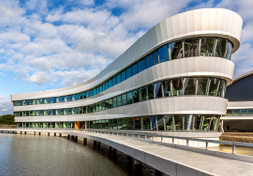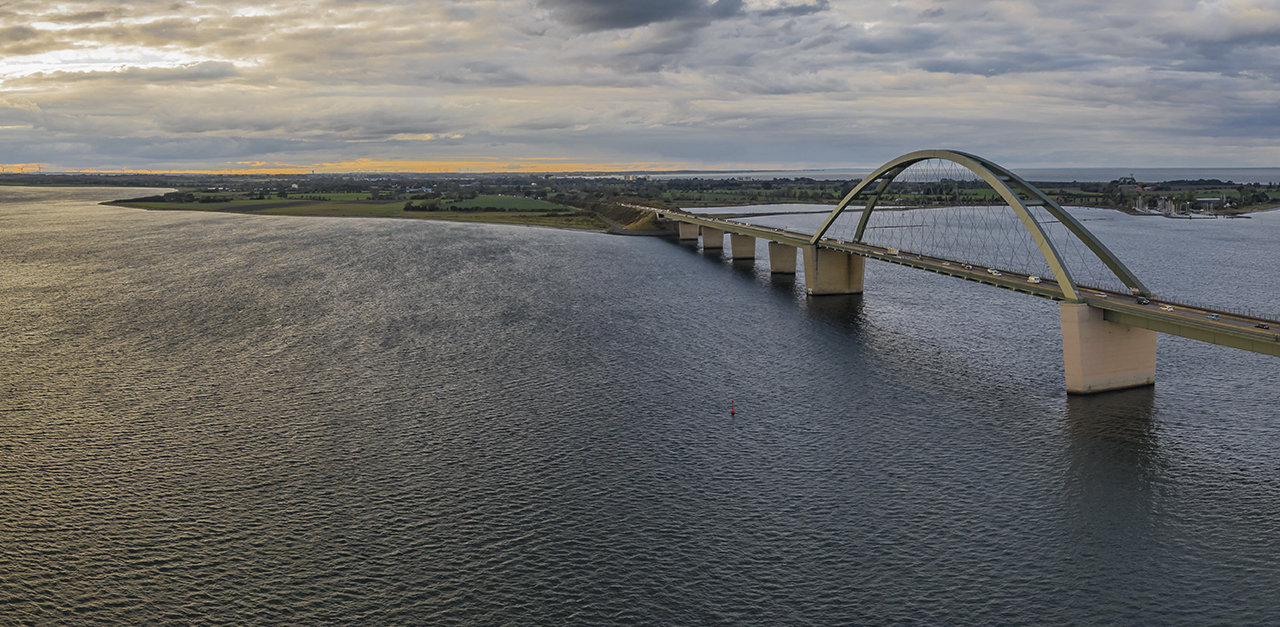
Investing in Europe's geotechnical research facilities
What is GEOLAB?
GEOLAB is an alliance of eleven unique research installations. This European consortium led by Deltares was established to boost geotechnical research and innovation. Innovative solutions are needed to safeguard the proper functioning of critical European infrastructure for the long term.
Deltares has made an important contribution with the GeoCentrifuge and the large GeoModel container in our GeoModel lab. Project partners from other European countries have other types of centrifuges and a range of installations such as a pile foundation test pit, a static liquefaction tank, a rail track simulator, a traffic load simulator and five geo test sites.
The alliance was facilitated by the European Horizon 2020 programme for supporting experimental research and improving European research facilities. The total funding for the project amounts to €5 million. The project started on 1 February 2021 and it will run for four years.
Why is it needed?
Critical European infrastructure in the water, energy, urban and transport sectors is at risk from climate change, extreme weather and ageing. At the same time, roads, railway lines or electricity grids are expected to manage more intensive use and new requirements, for example as a result of the energy transition.
Work in these research facilities has, until now, been conducted independently and without central coordination. That has limited the scope of the results for use by academic institutions and industry. The integration of the European research facilities will remedy that situation. With cutting-edge research and innovation, GEOLAB aims to tackle the challenges of preserving Europe's critical infrastructure for future generations.

“The Geolab project will deliver new data that provide distinctive and novel insights, allowing for innovative solutions in the field. These tests and validation procedures are absolutely necessary for contractors, especially those working on vital and sensitive infrastructure. I expect this network of data and testing to become the new model in geo-engineering.”
Annette Esnault-Filet, R&D Project manager at Soletanche Bachy
The GEOLAB objectives
Forty – subsidised – experiments have been planned for the coming years. A university or the industry can submit a proposal for an experiment that contributes to the improvement of critical infrastructure. An independent committee will assess the proposals, and experiments can begin once access has been granted.
The joint knowledge will allow each project partner to improve their own research centres further by using new technologies such as 3D printing, smart sensors, or camera and laser technology.

“The coordination of experiments and the sharing of experimental data will improve and accelerate the research results of these facilities. The data archives will, in the long term, ensure that GEOLAB research can support geotechnical engineering a long way into the future.”
Dr. Ellen Rathje, professor at the University of Texas in Austin (United States)
Where can GEOLAB make a difference?
Underwater landslides
Landslides under water constitute a risk during dredging in rivers. They can endanger the infrastructure on land and in the riverbed. This dynamic interaction between water and the subsurface can be simulated with numerical modelling. But that requires validation in research facilities. The results can be used to develop user-friendly software products that contribute to improving the engineering of the dredging operation and reducing the risks.
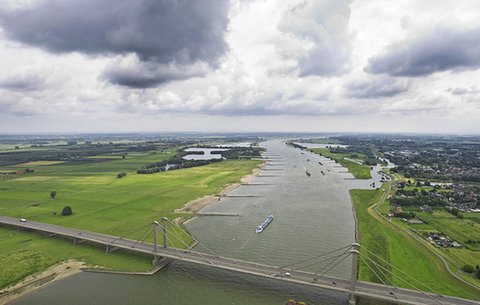
Dike stability
Research has been conducted in the Netherlands into the strength of peat, which is the basic material in many historical dikes in the IJsselmeer region. Dike stability is affected by two trends: in addition to the need to increase freshwater storage capacity, there is the increased likelihood of heavy rainfall due to climate change, resulting in high water levels. Both trends affect dike stability. New research based on numerical modelling and validation with field trials has shown that peat is much stronger than previously thought. Major interventions are therefore not needed as much and that results in cost savings and the preservation of the historical landscape.
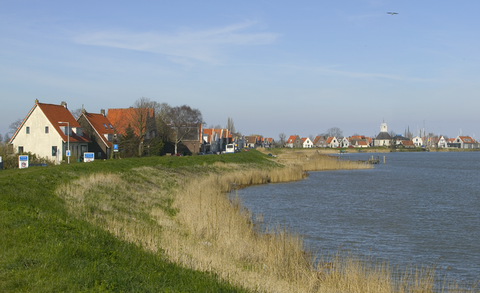
Failure of a railway embankment
After a period of intensive rainfall in Sweden, an eight-metre-high railway embankment suddenly collapsed. A train had just gone by and so this was a narrow escape. The committee established to investigate the incident concluded that more research is needed about how climate change and extreme weather can affect transport infrastructure. GEOLAB will contribute by simulating conditions of this kind in the research facilities
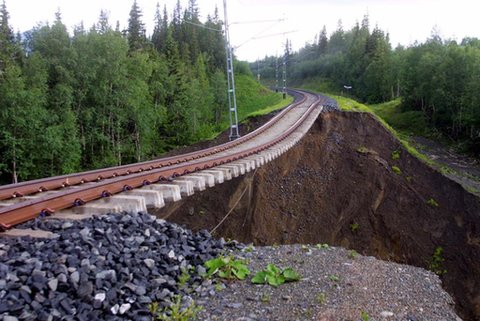
GEOLAB & collaboration
To encourage integration, GEOLAB will organise workshops, training courses and an annual event. The consortium wants to strengthen mutual collaboration by sharing results. That is possible by coordinating activities and the joint storage of data. An experiment in a centrifuge in Cambridge can be reused elsewhere in Europe through a database.
The GEOLAB network also includes a user group. Universities, industry and managers of critical infrastructure such as ProRail will participate in the events, provide feedback about the results and promote the project.
This is a European consortium but one with contacts all over the world. There is a similar alliance in the United States between a number of universities and the management of that alliance is represented on the GEOLAB international advisory board. There are also contacts internationally with universities in Brazil, Japan and South Africa, among others.
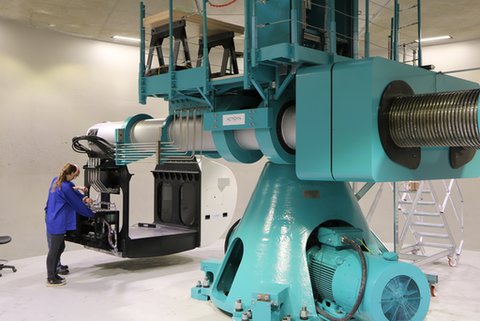
More information

Ton Peters
GEOLAB coordinator
University of Cambridge
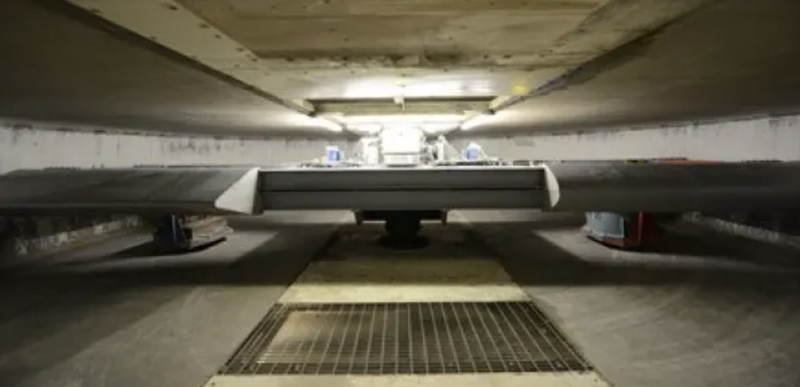
Geotechnical centrifuge
Gustave Eiffel University
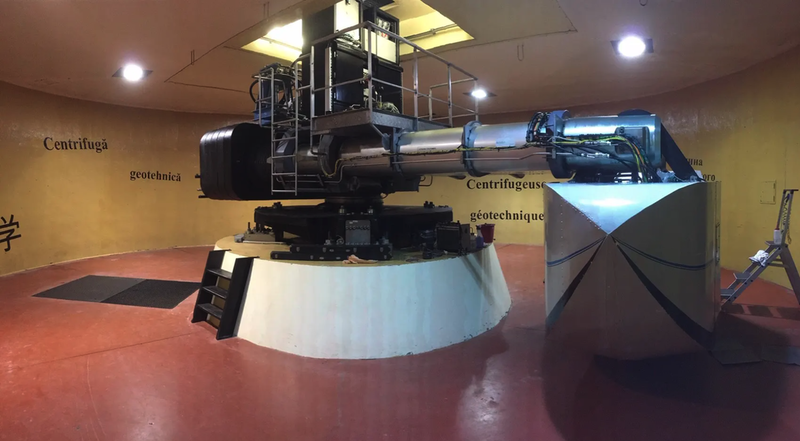
Geotechnical centrifuge
Deltares
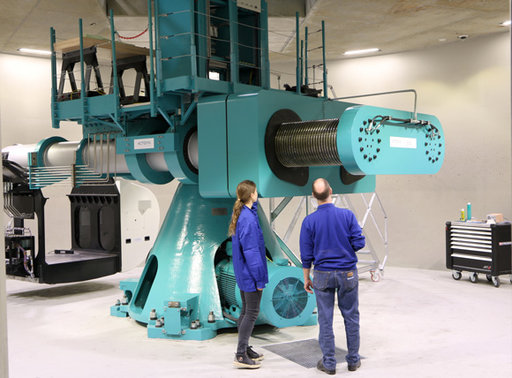
GeoCentrifuge
For simulating geotechnical processes from practice to scale (by increasing gravitational forces).
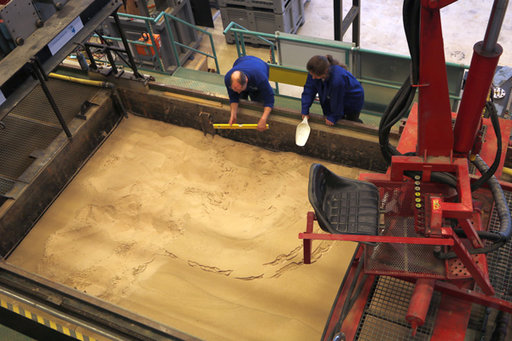
GeoModel container
This container can be used to determine the static and dynamic properties of interaction between soil and soil structures in controlled conditions.
Delft University of Technology
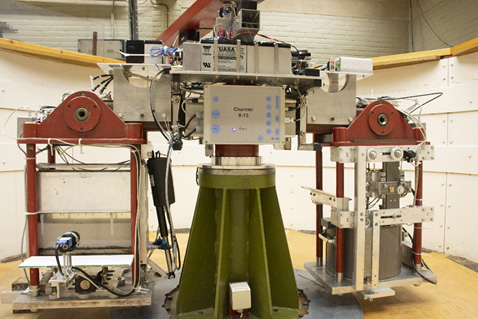
Geotechnical centrifuge
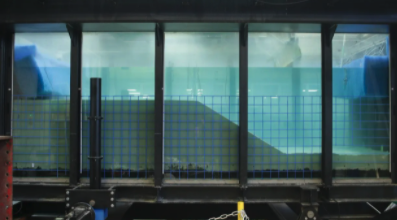
Static liquefaction tank
This is a gigantic tank filled with water and sand where researchers test solutions for problems with underwater sand displacement and landslides. In the Eastern Scheldt Barrier, for example, the water flows around the pillars with enormous force, gouging holes in the sandy bed behind them.
CEDEX
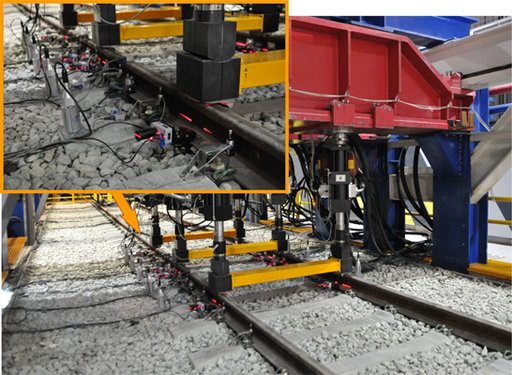
Railway simulator
This facility can be used to reconstruct the track, the subsurface, the sleepers and the rails at full scale and then apply forces to them that simulate the passage of a train. The test facility measures, among other things, the response of the soil.
Darmstadt University of Technology
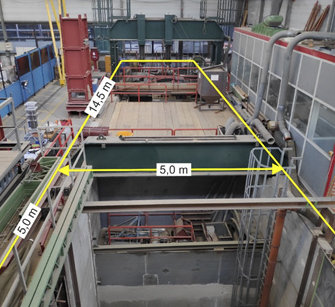
Pile foundations test pit
A facility for testing foundations to scale. A deep test pit has been constructed in the floor of the laboratory where piles can be positioned and loaded in order to study the impact on the soil and the foundations.
ETH Zürich
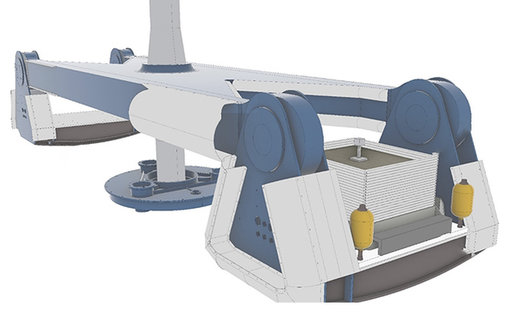
A geotechnical centrifuge
University of Maribor
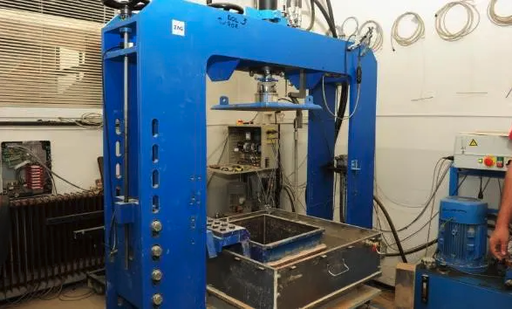
Traffic load simulator
A simulator to study to scale how the road surface behaves when subjected to traffic loads, including the road foundations and the subsurface.
NGIA
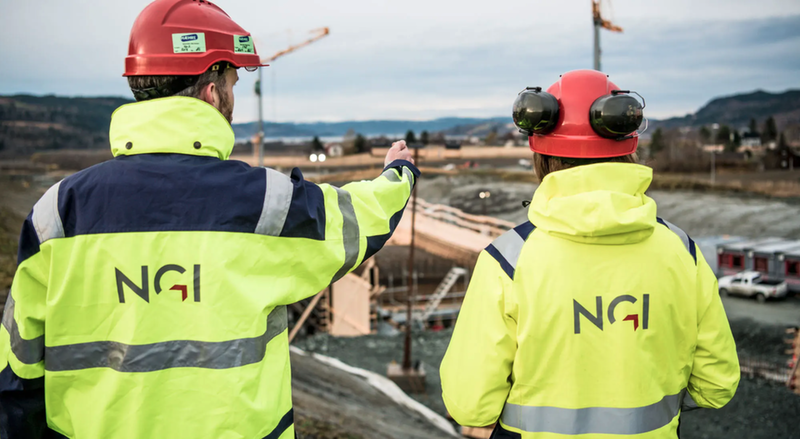
Field test locations
Test sites have been set up at five locations with different soil types – with a permafrost soil at one of them – for conducting experiments at full scale.
